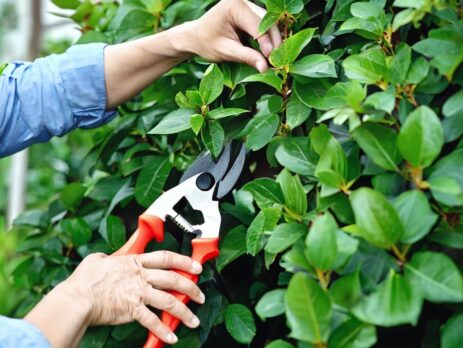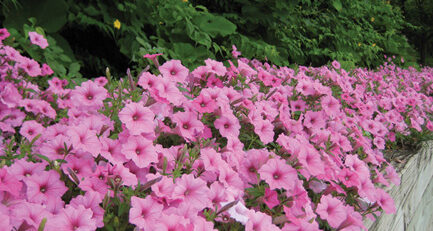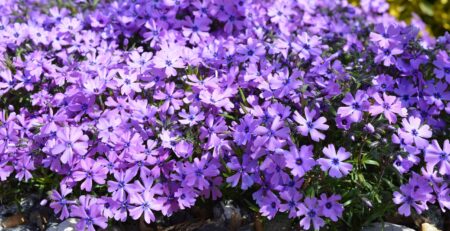The Benefits of Winter Pruning: Why and How
As the winter season unfolds, many might think it’s time to hang up their gardening gloves and pause all garden care activities until the spring. However, winter presents an opportune time for a specific and crucial task: pruning. Here at Nunan’s Florist and Garden Center in Georgetown, MA, we understand the importance of seasonal garden care, and we’re here to guide you through the benefits of winter pruning, including the correct approaches and common misconceptions, particularly about when to prune hydrangeas.
Why Prune in Winter?
Promotes Plant Health
Winter pruning is essential for removing dead, diseased, or damaged branches, which helps prevent the spread of pests and diseases. By cutting these away, you encourage healthier growth in the spring, allowing plants to flourish.
Encourages Better Growth
Pruning during dormancy (when plants are not actively growing) minimizes stress on plants, allowing them to bounce back robustly in the growing season. It gives you a clear view of the plant’s structure, enabling more precise cuts and shaping for a desired growth pattern.
Safety First
Removing overgrown branches can reduce the risk of property damage and personal injury from broken limbs due to winter snow and ice.
How to Prune Effectively
Tools and Sanitation
Begin with the right tools: sharp, clean pruning shears, loppers, and a saw for larger branches. Clean your tools between cuts, especially when moving between plants, to prevent disease transmission.
Technique Matters
Make cuts at a 45-degree angle to prevent water accumulation on the cut surface, which can lead to rot. Cut just above a bud facing the outside of the plant to encourage outward growth. For trees and shrubs, focus on thinning rather than topping, which involves removing select branches to improve light penetration and air flow within the canopy.
Understanding Your Plants
Not all plants should be pruned in winter. It’s crucial to know the blooming cycle of each species. For spring bloomers, prune right after they bloom to avoid cutting off future flower buds. For plants that bloom in summer or fall, winter is the best time for pruning.
Common Misconceptions: When to Prune Hydrangeas
A widespread misunderstanding concerns hydrangeas and their pruning schedule. The golden rule? Never prune hydrangeas in the winter. Hydrangeas set their bloom buds in late summer to early fall, so a winter prune would cut off next year’s blooms. The best time to prune most hydrangeas is after they bloom in the summer, though the exact timing can vary depending on the variety.
Winter pruning is a valuable practice in garden care that can significantly enhance the health and aesthetics of your garden. By following the right techniques and understanding the specific needs of your plants, you can ensure a vibrant and flourishing garden come spring. Remember, every cut is an investment in the future of your plants, so take the time to prune thoughtfully and correctly.
At Nunan’s Florist and Garden Center, we’re dedicated to helping you achieve the garden of your dreams, year-round. Whether you’re a seasoned gardener or just starting, we have the tools, resources, and expertise to support your gardening journey. Happy pruning!










